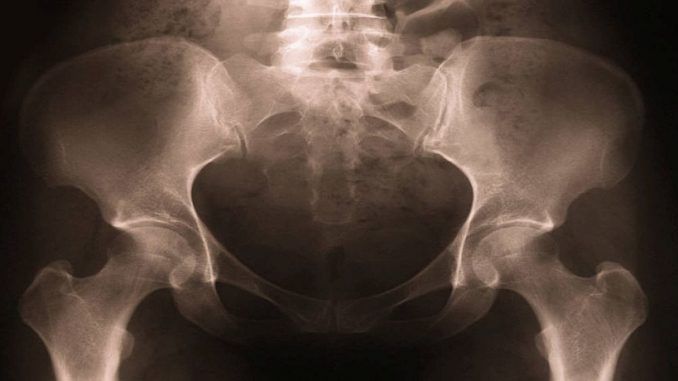
Russian Doctors can repair damaged bones using 3D printers and Bio-cement, which would later transform into the recipient’s own tissue.
In an official press release by the ‘Russian National Research Nuclear University’, it was stated that scientists have developed a
new technique to convert animal bones into material that can substitute for the damaged parts of human bones.

BYPASS THE CENSORS
Sign up to get unfiltered news delivered straight to your inbox.
You can unsubscribe any time. By subscribing you agree to our Terms of Use
Sputnik News reports:
The new substance is based on biological hydroxyapatite – a white powder that resembles cement when mixed with a biological polymer. It is soft and flexible like plasticine when kneaded but hardens after being placed on the damaged bone.
With time, the organism dissolves this “cement” replacing it with its own bone tissue. As the substance is derived from animal bones, it preserves biological activity, which is an essential advantage and a significant ground for successful regeneration.
“We have created material that the organism takes as original. The bone marrow contains mesenchymal cells that always migrate to the damaged tissue areas. They detect our matter as something that can take part in biochemical processes and start processing it to enable [cell] division. Regeneration is cell division itself. As a result, a new bone tissue is produced with its own blood vessels and nerve cells,” professor Vitaly Guzeev explained in the statement.
The existing methods of regenerative medicine mainly presuppose the transfer of stem cells from a special incubator. Doctors see successful results if they manage to surround the cells with blood vessels. But the probability that the tissue will survive is about 50 percent, professor Guzeev noted.
“On the basis of hydroxyapatite, we prepared a liquid material that we can fill a 3D-printer with. For instance, a man with a craniocerebral injury undergoes tomography, then the image is sent to the [3D-] printer which recreates an element completely matching the lost bone part. The material indurates during the printing process.”
The material has passed clinical trials in Moscow and St. Petersburg, and marketing authorization is currently underway.
The new material can also be used in healing painkiller injections for people with aching joints.
Edmondo Burr
CEO
Assistant Editor
Latest posts by Edmondo Burr (see all)
- Police Arrest Suspect In Supermarket Baby Food Poisoning - October 1, 2017
- Seoul Secures Data From Electromagnetic Interference By N Korea - September 30, 2017
- The ‘World’s First Internet War’ Has Begun: Julian Assange - September 30, 2017

Be the first to comment